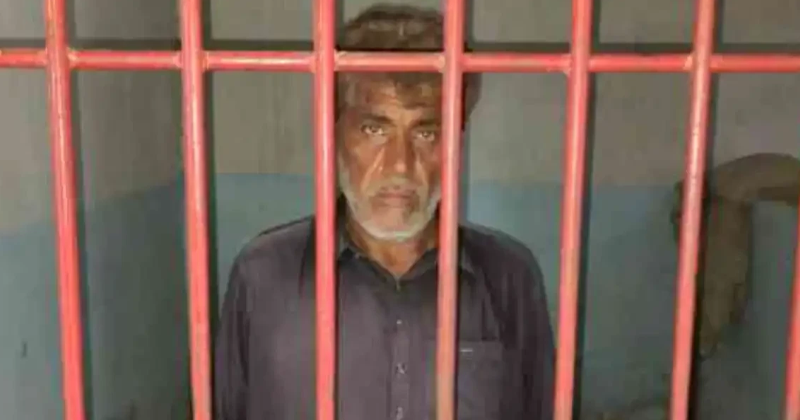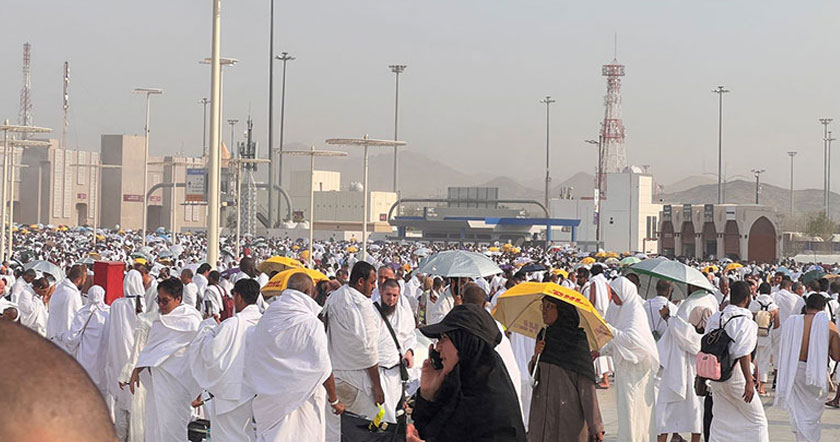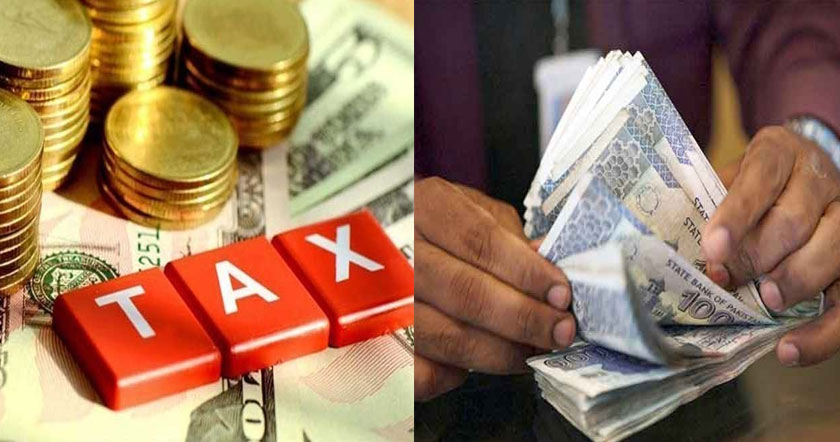CDC: 20% of Gay Men Are HIV-Positive, but Nearly Half Don't Know It
Recent data from the Centers for Disease Control and Prevention (CDC) show that 1 in 5 sexually active gay and bisexual men in America are HIV-positive but that 44% of them don't know it.
Read the entire CDC report here. For more info on National Gay Men's HIV/AIDS Awareness Day (Sept. 27) activities, click here.
Find this article at:
Recent data from the Centers for Disease Control and Prevention (CDC) show that 1 in 5 sexually active gay and bisexual men in America are HIV-positive but that 44% of them don't know it.
More than 8,000 self-identifying gay and bisexual men (or, as the researchers call them, MSM, for men who have sex with men) were tested by CDC workers in the 21 American cities with the highest infection rates. The gay population in Baltimore had the highest rates of HIV infection, at 38%, while Atlanta scored lowest, at 6%.
The highest absolute number of infections occurred in white MSM, primarily those between the ages of 30 to 39. However, young black gay and bisexual men (aged 13 to 29) had the highest rates of HIV infection per capita, and young Hispanic MSM also had disproportionately high rates of infection. (More on Time.com: 'It Gets Better': Wisdom From Grown-Up Gays and Lesbians to Bullied Kids)
HIV is a growing problem in other groups as well. The CDC study also found that the HIV infection rate in heterosexual black women is higher than in their white or Hispanic counterparts, and even higher than rates in Hispanic gay men. According to another CDC study, HIV infection was the leading cause of death for black women aged 25 to 34. Fully 81% of American women living with HIV are women of color.
Overall, the CDC estimates that more than 1 million people are living with HIV in the U.S., and that 21% are unaware of their infection. More than 18,000 people with AIDS still die each year. Although the total number of people living with HIV in the U.S. has increased in recent years, according to the CDC, but the annual number of new HIV infections has remained relatively stable an estimated 56,300 Americans become infected each year.
There is no denying that the highest infection rates occur in gay and bisexual men. Although they account for 4% of the male population in the United States, their HIV-infection rate is 44 times the rate of heterosexual men. African-American men and men under 30 years old were the two groups least likely to be aware of their status. (More on Time.com: Multimedia: The Graying of AIDS)
When data on the two groups are broken apart, however, HIV-infection rates in bisexual men are lower than in gay men, according to a study in the American Journal of Public Health. Study author Gregorio Millett, the senior policy adviser for the White House Office of National AIDS Policy, explained why in a press statement, while focusing on the black population:
The highest absolute number of infections occurred in white MSM, primarily those between the ages of 30 to 39. However, young black gay and bisexual men (aged 13 to 29) had the highest rates of HIV infection per capita, and young Hispanic MSM also had disproportionately high rates of infection. (More on Time.com: 'It Gets Better': Wisdom From Grown-Up Gays and Lesbians to Bullied Kids)
HIV is a growing problem in other groups as well. The CDC study also found that the HIV infection rate in heterosexual black women is higher than in their white or Hispanic counterparts, and even higher than rates in Hispanic gay men. According to another CDC study, HIV infection was the leading cause of death for black women aged 25 to 34. Fully 81% of American women living with HIV are women of color.
Overall, the CDC estimates that more than 1 million people are living with HIV in the U.S., and that 21% are unaware of their infection. More than 18,000 people with AIDS still die each year. Although the total number of people living with HIV in the U.S. has increased in recent years, according to the CDC, but the annual number of new HIV infections has remained relatively stable an estimated 56,300 Americans become infected each year.
There is no denying that the highest infection rates occur in gay and bisexual men. Although they account for 4% of the male population in the United States, their HIV-infection rate is 44 times the rate of heterosexual men. African-American men and men under 30 years old were the two groups least likely to be aware of their status. (More on Time.com: Multimedia: The Graying of AIDS)
When data on the two groups are broken apart, however, HIV-infection rates in bisexual men are lower than in gay men, according to a study in the American Journal of Public Health. Study author Gregorio Millett, the senior policy adviser for the White House Office of National AIDS Policy, explained why in a press statement, while focusing on the black population:
The CDC's recommendations to reduce HIV transmission emphasize testing:
CDC estimates that the majority of new sexually transmitted infections are transmitted by individuals who are unaware of their infection, and studies show that once people learn they are HIV-infected, most take steps to protect their partners. Therefore, because undiagnosed infection likely plays a major role in HIV transmission, reaching younger MSM with regular HIV testing is critical.
More on Time.com:
Did the Rise of Cities Help HIV Take Off?
Are HIV Rates in Gay Men Really 'Out of Control'?
Did the Rise of Cities Help HIV Take Off?
Are HIV Rates in Gay Men Really 'Out of Control'?
Find this article at:
































